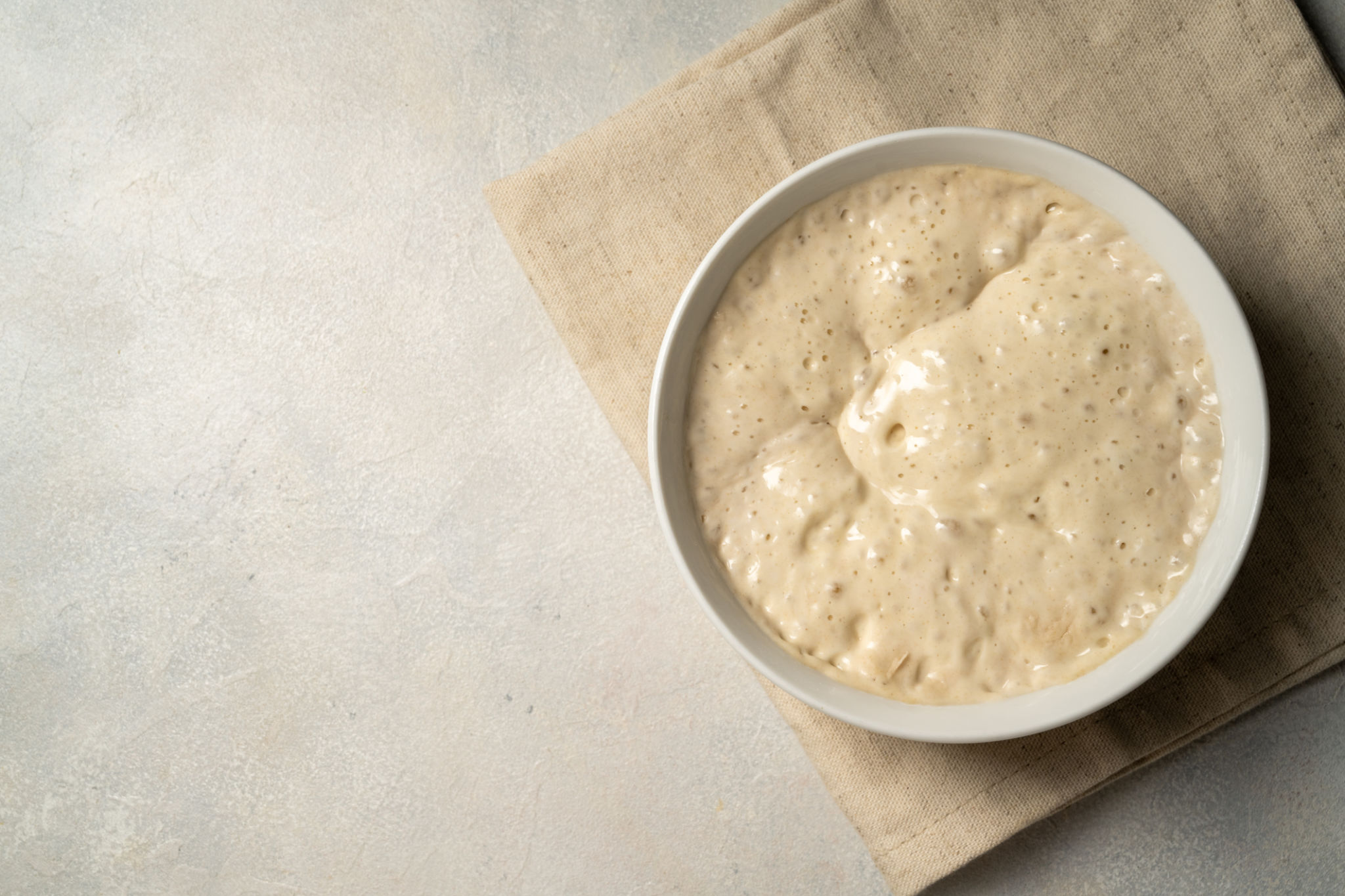How to Incorporate Vintage Cooking Techniques into Your Modern Kitchen
Rediscovering the Charm of Vintage Cooking Techniques
In an era where technology dominates our kitchens, there's something truly special about revisiting the past and embracing vintage cooking techniques. These methods not only bring a sense of nostalgia but can also enhance the flavors and textures of your dishes. By incorporating these time-tested methods into your modern kitchen, you can enjoy a unique culinary experience that pays homage to the art of cooking.
Vintage techniques often emphasize patience and precision, elements that can sometimes be lost in today's fast-paced environment. Whether it's the slow simmering of a stew or the hand-kneading of bread, these methods require a level of attention and care that can transform your cooking.

Embracing Traditional Tools
One of the easiest ways to incorporate vintage cooking techniques is by using traditional tools. Cast iron skillets, mortar and pestles, and manual egg beaters are just a few examples of tools that have stood the test of time. These tools not only add authenticity to your cooking but can also enhance the flavors of your dishes.
For instance, a cast iron skillet is perfect for searing meats and creating a beautifully caramelized crust. Its ability to retain heat evenly makes it a favorite among chefs both past and present. Similarly, using a mortar and pestle to grind spices can unlock deeper flavors compared to using an electric grinder.
Mastering the Art of Fermentation
Fermentation is a classic technique that has been used for centuries to preserve foods and develop complex flavors. This method involves the natural process of converting sugars into acids, gas, or alcohol using microorganisms like bacteria or yeast. Fermented foods such as sauerkraut, kimchi, and sourdough bread are not only delicious but also packed with probiotics that are beneficial for gut health.

To get started with fermentation in your kitchen, try making your own pickles or yogurt. These are relatively simple projects that can introduce you to the world of fermented foods. As you gain confidence, you can experiment with more complex recipes like kombucha or miso.
Slow Cooking for Deep Flavors
Incorporating slow cooking techniques can elevate your dishes by allowing flavors to meld and develop over time. This method is ideal for braises, stews, and roasts, where patience truly pays off. The key to success with slow cooking is selecting the right cut of meat and allowing ample time for it to become tender and flavorful.
Using a slow cooker or Dutch oven can make this process more convenient while still adhering to traditional methods. The result is a meal that's not only delicious but also embodies the comfort and warmth of home-cooked food.

Preserving Foods the Old-Fashioned Way
Before the convenience of refrigeration, people relied on methods like canning, drying, and smoking to preserve their food. These techniques can be easily adapted to modern kitchens, allowing you to enjoy seasonal produce year-round. Canning jars filled with vibrant jams or pickles can add a touch of vintage charm to your pantry.
Drying herbs or fruits is another simple way to preserve ingredients. This method can be done using an oven or a dehydrator and provides you with flavorful additions to soups, teas, and snacks.
By incorporating these vintage cooking techniques into your kitchen, you can create meals that are rich in flavor, steeped in tradition, and made with love. Embrace the past while enjoying the conveniences of modern appliances, and you'll find a new appreciation for the art of cooking.